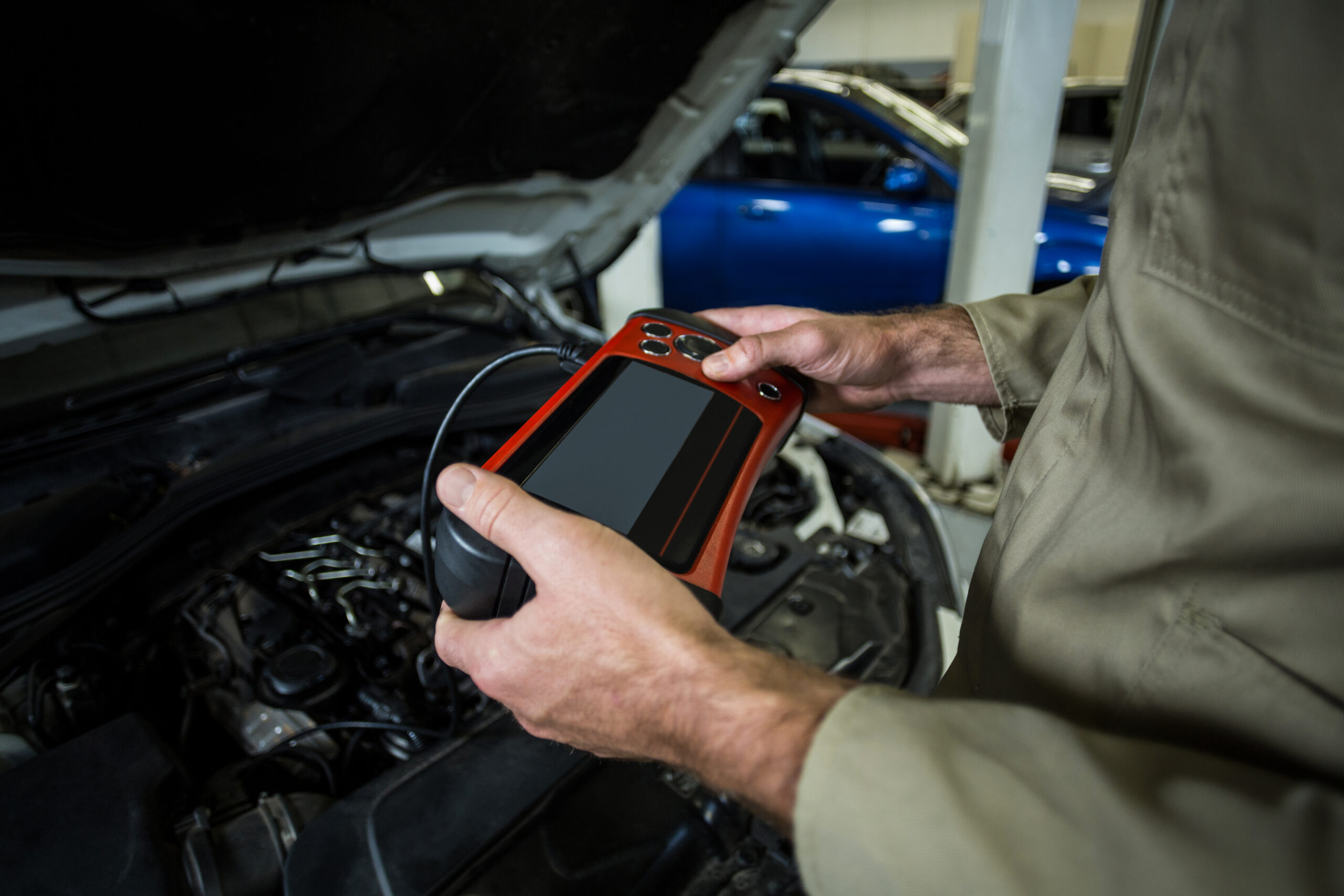Tire Pressure Monitoring Systems (TPMS) are essential for driving safety, yet many car owners feel confused or frustrated when their TPMS light stays on—especially after rotating tires or replacing sensors. The good news? With the right OBD2 scanner, TPMS relearning is fast, accurate, and often just a few clicks away.
In this guide, we’ll explain how TPMS works, why relearning it is necessary, and how using a TPMS-compatible OBD2 scanner can save you time and hassle—whether you’re a DIY car owner or a professional technician.
What Is TPMS, and Why Does It Need Relearning?
TPMS stands for Tire Pressure Monitoring System. It alerts drivers when the air pressure in one or more tires drops below safe levels. But every time you:
Rotate your tires
Replace a faulty TPMS sensor
Install new tires or wheels
the system may lose track of which sensor is on which wheel. That’s where TPMS relearning comes in.
Relearning updates your vehicle’s ECU with the correct sensor IDs and positions, so it can properly monitor pressure and trigger alerts when needed.For trucks, this can be especially crucial as they often carry heavy loads and rely on accurate tire pressure monitoring.
Want a detailed breakdown of how OBD2 helps TPMS relearn? Read our full guide: Can OBD2 Relearn My TPMS?
The 3 Types of TPMS Relearn Procedures
Not all vehicles handle TPMS the same way. Depending on your make and model, one of these methods will apply:
- Auto Relearn
The vehicle learns new sensor IDs automatically after driving for a certain distance with the tires properly inflated.
- Stationary Relearn
You’ll need to activate each sensor while the vehicle is in a “learning mode” by following a specific sequence (like turning the key and pressing pedals).
- OBD Relearn
The fastest and most reliable method. With a TPMS-compatible OBD2 scanner, you can read each sensor’s ID and write it directly to the vehicle’s ECU via the OBD2 port.
Why Use an OBD2 Scanner for TPMS Relearn?
While auto and stationary relearn work for some vehicles, OBD relearn is preferred for its speed and precision. Here’s why:
✅ Direct ECU writing: Avoids learning errors by syncing sensor IDs exactly
✅ Works on more vehicles: Especially Asian and European models
✅ Saves time: No driving or complicated button sequences
✅ Gives feedback: Many scanners confirm success or errors in real-time
Want to find the right tool for the job? Check out our full list of best TPMS scanners for OBD relearn.
Recommended TPMS Relearn Tools: Best OBD2 Scanners
One standout tool is the Foxwell NT809BT, a professional-grade OBD2 scanner with TPMS relearn capabilities. Features include:
✅ TPMS sensor ID read & write via OBD
✅ Full-system diagnostics (ABS, SRS, engine, transmission, etc.)
✅ 30+ reset services including TPMS reset, oil reset, EPB reset
✅ Bluetooth connectivity + 7-inch touchscreen
Other reliable options include:
Foxwell GT60 Plus
Autel MaxiTPMS series
Launch CRP919X
Browse our top picks here: Explore the best TPMS scanners
Step-by-Step: How to Perform a TPMS OBD Relearn
Let’s walk through a typical OBD relearn process using a scanner like the NT809BT:
Inflate all tires to the recommended PSI (check your door sticker).
Activate each TPMS sensor using your scanner’s TPMS read tool.
Connect the scanner to the OBD2 port, usually located under the dash.
Follow on-screen instructions to write each sensor ID to the ECU.
Cycle the ignition off and on to finalize the programming.
Drive the vehicle at low speed (around 12–15 mph) for 5–10 minutes to complete the relearn.
That’s it. No guesswork, no wasted time.
Conclusion: Make TPMS Relearn Easy with the Right Scanner
Whether you’re troubleshooting a stubborn TPMS light or replacing sensors on multiple vehicles, an OBD2 scanner with TPMS relearn support is your best ally. It streamlines the process, improves accuracy, and reduces frustration.
Next time your TPMS light turns on after maintenance, don’t drive around hoping it resets—plug in, relearn, and get back on the road with confidence.
Frequently Asked Questions
Q: Can any OBD2 scanner do TPMS relearn?
A: No. You’ll need a scanner that specifically supports TPMS relearn functions. See our TPMS scanner collection for compatible models.
Q: How long does a TPMS relearn take?
A: With an OBD2 scanner, it usually takes less than 10 minutes.
Q: What happens if I skip TPMS relearn after changing sensors?
A: The system may fail to alert you during a real low-pressure situation, putting your safety at risk.
Find a Home-Based Business to Start-Up >>> Hundreds of Business Listings.


